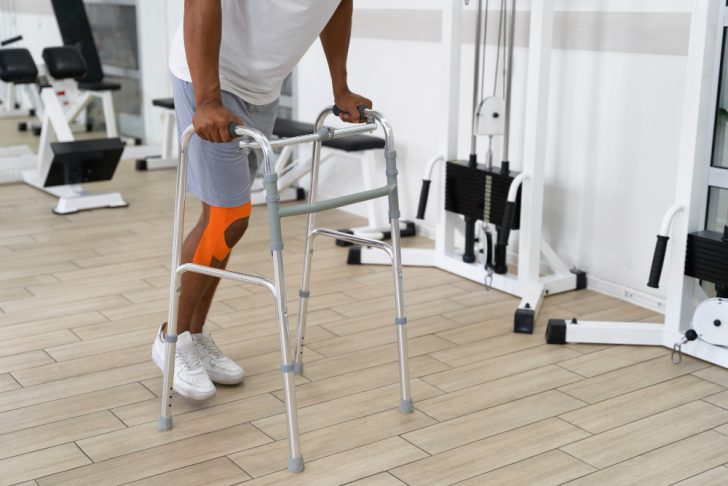Recovering from an ACL surgery is a journey that requires patience and proper rehabilitation. One of the most common questions patients have is, "How long after ACL surgery can you drive?" This question is crucial for anyone who wants to regain their independence and return to daily activities without risking further injury. The timeline to resume driving varies depending on several factors, including which knee was operated on, the extent of the injury, and how well your body responds to the recovery process.
The Basics of ACL Surgery
The anterior cruciate ligament (ACL) is a critical component of your knee that provides stability by preventing the shinbone from sliding in front of the thighbone. An ACL injury often occurs during activities that involve sudden changes in direction, such as sports or fitness exercises. A tear or sprain of the ACL can lead to severe pain, swelling, and a significant reduction in your knee’s range of motion.

Freepik | An ACL injury often occurs during activities that involve sudden changes in direction, such as fitness exercises.
When an ACL tear occurs, surgery is often required to repair the damage. ACL reconstruction involves replacing the damaged ligament with a graft, typically sourced from another part of your body or a donor. The goal of this surgery is to restore knee stability and function, enabling you to return to your regular activities, including driving.
How Long After ACL Surgery Can You Drive?
The timeline for driving after ACL surgery depends on several factors, including which knee was affected and how well you adhere to your rehabilitation program. Immediately following the procedure, you’ll be on crutches for about two to three weeks. During this time, physical therapy plays a vital role in your recovery.
If your right knee is operated on, which is the leg used to operate the gas and brake pedals, you should expect a longer recovery before driving. Typically, it can take between four to six weeks before you're cleared to drive again. This timeframe allows your knee to regain enough strength and flexibility to ensure that you can safely operate a vehicle without risking further injury or delayed reaction times.
For those who have undergone ACL surgery on the left knee, the recovery time before driving is generally shorter. Since the left leg isn't used for braking or accelerating, you might be able to get behind the wheel in as little as two to three weeks. However, this also depends on whether you drive a manual transmission vehicle, which requires both legs for operation.
The Role of Physical Therapy in Driving Recovery
Physical therapy is crucial in your journey back to driving after ACL surgery. Rehabilitation focuses on restoring muscle strength, joint mobility, and overall knee functionality, which are essential for safe driving. Physical therapists use a combination of targeted exercises, stretches, and manual therapy to help you achieve these goals.
Strengthening exercises are tailored to rebuild the muscles around your knee, particularly the quadriceps and hamstrings. These muscles are vital for knee stability and movement. These exercises help prevent muscle atrophy and ensure that your knee can handle driving demands.
Flexibility exercises and stretches are equally important as they enhance your knee's range of motion, allowing you to move your leg freely and comfortably when driving. Balance training is another critical aspect of physical therapy, as it helps restore coordination and reduces the risk of instability when transitioning from rest to driving.
Manual therapy techniques, such as soft tissue and joint mobilization, are often used to alleviate pain and improve knee mobility. These techniques can significantly improve your comfort level when driving, as they help reduce stiffness and promote a smoother range of motion.
Understanding the Importance of Pain Management
Pain management is a key consideration when determining how long you can drive pain-free after ACL surgery. It's important to note that you should not operate a vehicle while under the influence of pain medications, as they can impair your ability to drive safely. Therefore, before resuming driving, ensure that you are no longer reliant on these medications and that your pain levels are manageable without them.





